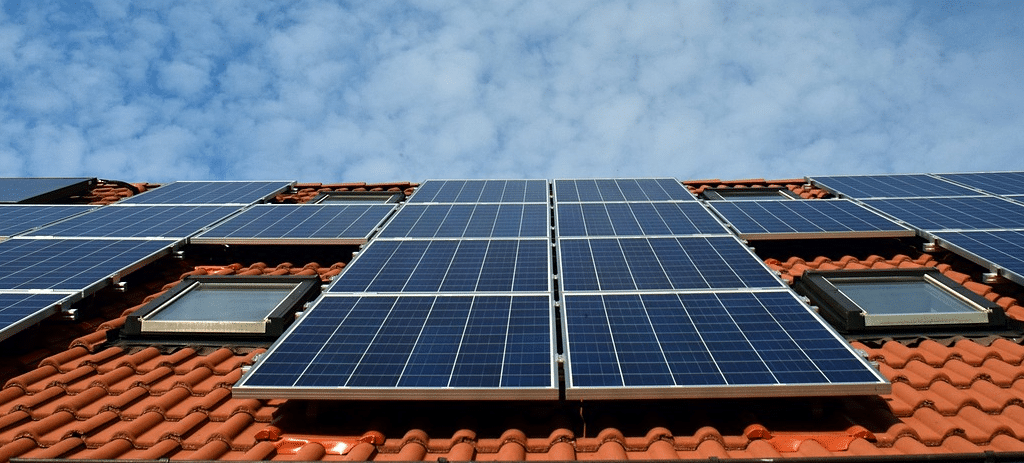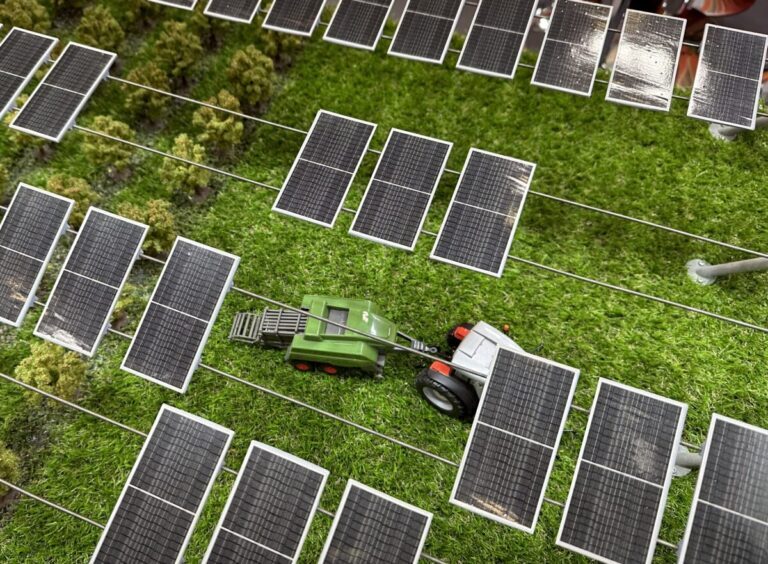This is the way the world ends
Not with a bang but a whimper.
The Hollow Men, T.S. Eliot (1925)
It is finished.
After today’s hearing before representatives of the U.S. Trade Representative’s office (although the actual U.S. Trade Representative, Robert Lighthizer, was notably absent), the arguments over whether the United States should impose steep tariffs on foreign solar module manufacturers are, by and large, over.
Now the solar industry can spend the next 51 days contacting The Amazing Kreskin to attempt to mind-read President Trump before he announces his decision, Solomon-like, on January 26.
Or not.
From observers inside the hearing room, there weren’t enough chairs to hold all the people at the hearing, from witnesses to observers to the media. Attendees who hadn’t arrived early enough had to wait in the hall or head to a local watering hole, awaiting news of how the hearing went. Unfortunately, the hearing that attendees anticipated was not the hearing they saw.
First of all, Lighthizer’s Invisible Man act robbed the hearing of much of its drama. Instead, Will Martin of the Office of the U.S. Trade Representative (USTR), along with other representatives from Cabinet-level offices (though not the associated high-level officials), heard representatives from SolarWorld, Suniva, the Solar Energy Industries Association (SEIA) and other interested parties recycle the arguments for and against the Section 201 trade complaint brought initially by Suniva on April 18 and joined by SolarWorld approximately one month later.
Matt Card, executive vice president of commercial operations for Suniva, did his level best to inject some drama into the proceedings, portraying Suniva as under targeted attack from foreign governments that were trying to silence American companies. He reiterated that Suniva would stand against all countries that it felt were cheating on international trade agreements in attempts to destroy American manufacturing.
Card then argued the United States International Trade Commission (USITC), though finding unanimously in favor of the petitioners, hadn’t gone far enough in imposing penalties on foreign module manufacturers. Further, he insisted that Trump should implement the original penalties his company had submitted to the USITC – a $0.78/watt minimum module price (which it had softened in early October to $0.74/watt).
In closing his testimony, Card returned to his “industry under seige” theme.
“The issues you face here today are significant, they are important, and your voice matters – your actions will be fundamental in whether another U.S. manufacturing segment lives or dies,” Card told the committee. “I would ask that you do your part in saving this industry.”
For SEIA’s part, President and CEO Abigail Ross Hopper urged the Trade Policy Staff Committee to convey to the president the economic damage she and SEIA’s supporters say tariffs would do to a thriving industry like solar.
“President Trump now must know that new tariffs would put tens of thousands of American workers out of jobs, including veterans and manufacturers,” Hopper said. “It is a fact: Tariffs would harm our economy and national security and eliminate – not add – manufacturing facilities. This outcome would be inconsistent with an America First agenda.”
“The decision is now the president’s alone to make, and his choice could not be more clear: protect American workers or side with foreign interests trying to exploit U.S trade law and decimate one of our nation’s fastest-growing industries,” she added. “We hope the USTR will convey these facts to the president and help him make a decision that puts America First by rejecting tariffs.”
Tony Clifford, CDO of Standard Solar, a Maryland-based solar energy company, arrived at the hearing room at 8 a.m. to get a good seat for the hearing. As a veteran U.S. solar policy observer, he said he wasn’t surprised at the substance of the hearing, which essentially reiterated what both sides had previously stated in the two public hearings at the USITC.
Now all the industry can do is wait for Trump to announce his final decision, he added.
“At the end of the day, the foreign-owned petitioners are putting the interests of 2,400 currently-mythical future solar production jobs – if everything breaks right – against the 39,000 solar manufacturing jobs that may disappear if tariffs are imposed,” Clifford said. “As I’ve said since this case was filed, it’s nothing more than an attempt by foreign companies trying to use U.S. taxpayer money as a safety net for their bad business decisions. President Trump shouldn’t let that precedent be set.”
As Eliot wrote, today’s hearing represented the end of a long, public fight over the future of U.S. solar industry, which was anticlimactic after so many months of sharp and incisive argument. Now the decision rests solely in Trump’s hands.
See you on January 26.
This content is protected by copyright and may not be reused. If you want to cooperate with us and would like to reuse some of our content, please contact: editors@pv-magazine.com.








Thank you for continuing to report on this important issue, but why must we wait until January 26th to have a decision. Why don’t we instead take action by starting a petition and circulating it so that the President hears American voices from inside and outside the industry. As a Climate Reality Leader, I can assure you that we can put our organization behind this effort and campaign to get votes. This issue is about way more than jobs, it’s also about securing America’s ability to combat global warming by deploying renewable energy solutions. We are running out of time to make a meaningful dent into carbon emissions and this is a set back we can’t afford
Will the decision actually be announced on 1/26 or is that the deadline for a decision?
How quickly would it take effect after announced?
That is the deadline for a decision. Not sure how quickly it takes effect, but there will definitely be impacts in 2018.